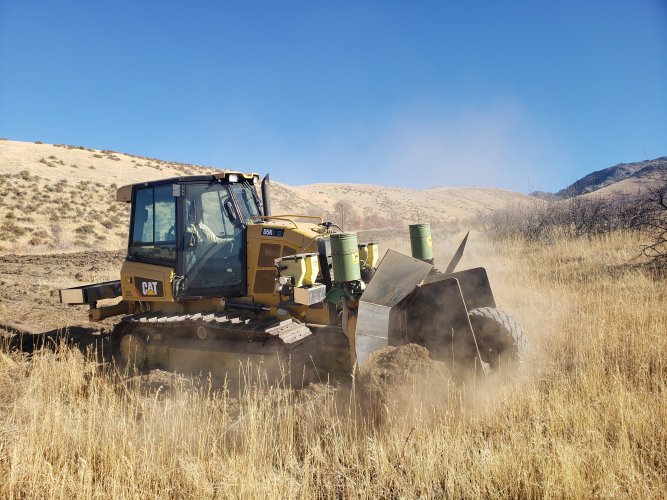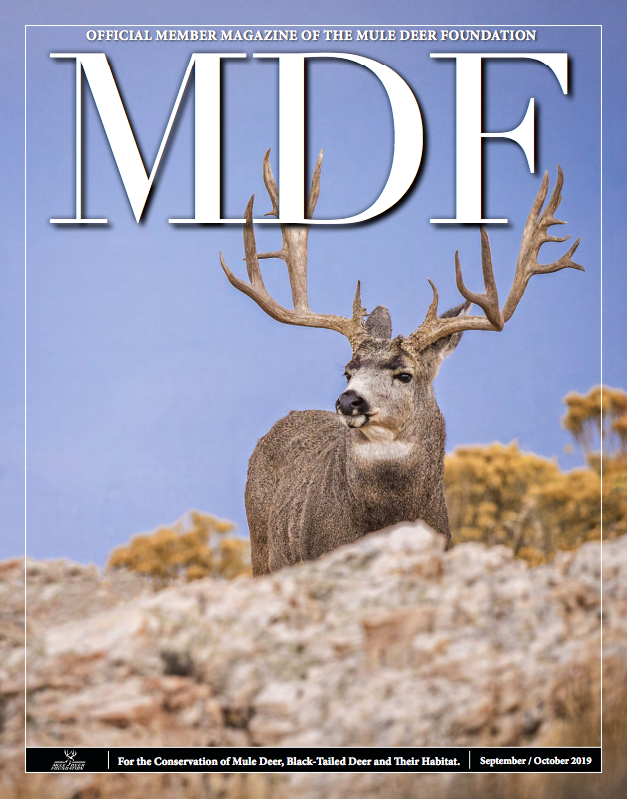Hydrophilic
Well-known member
Would be great to see what folks are doing to be part of the solution for declining mule deer populations. Degraded habitat and loss of habitat are a component of the decline. Let's hear some stories or see some pictures. Whether its volunteering on public lands or improving habitat on private land. Maybe you are using private dollars to support public wildlife, or you tapped into available grants/funding. Seeing some whitetail/blacktail projects would also be great.
Fact sheets from the Mule Deer Working Group
Why restoring habitat matters! Winter feeding is successful at making people feel better while often harming the deer.
Nutrition
Antler size - a function of age, nutrition, and genetics
Forestry practices and mule deer management
Fencing
Pinyon-Jupiter management
Habitat limitations and carrying capacity
Fact sheets from the Mule Deer Working Group
Why restoring habitat matters! Winter feeding is successful at making people feel better while often harming the deer.
Nutrition
Antler size - a function of age, nutrition, and genetics
Forestry practices and mule deer management
Fencing
Pinyon-Jupiter management
Habitat limitations and carrying capacity






